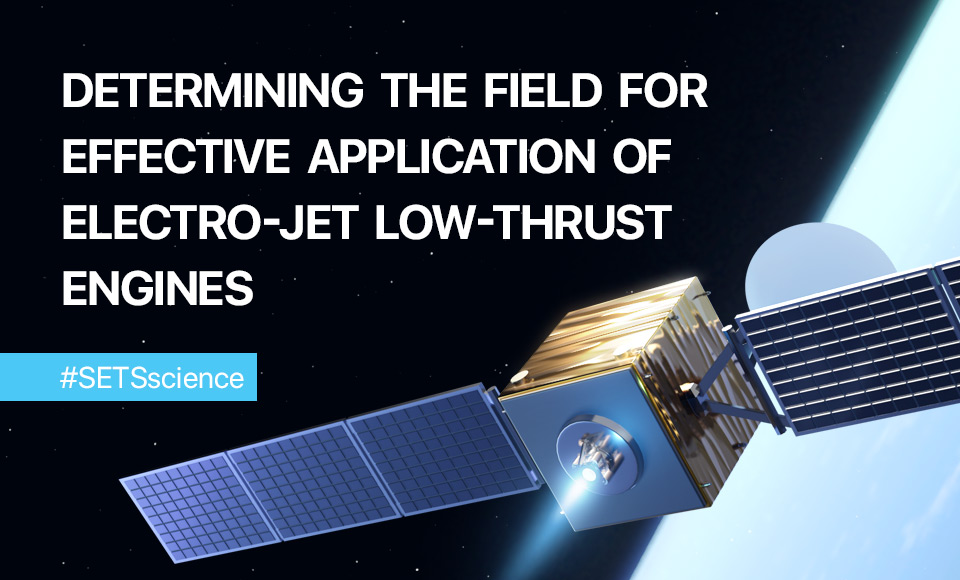This work addresses the issues on determining the optimal regions for using propulsion system for spacecraft at low near-Earth orbits. An analysis of spacecraft launches over the past 5 years has been performed. The result of analyzing the launches is the type of spacecraft, selected for subsequent calculations, specifically a remote sensing satellite at low near-Earth orbit. We have solved the problem on determining parameters for the trajectory of a spacecraft motion, exposed to external non-permanent forces. Based on an analysis of the external influence, the scope of possible future application of spacecraft propulsion systems has been defined. A comparative analysis has been performed for the mass criterion of efficiency of using propulsion systems based on the chemical mono-component and electro-jet engines in order to solve tasks on maintaining the circular orbit parameters over a long time.
For orbit altitudes below 300 km, as was established based on the calculation results, the application of a propulsion system proved to be inefficient due to the need for a large reserve of fuel aboard and a large required engine thrust. For satellites at circular orbits from 350 to 450 km, a propulsion system that includes the Hall-effect- based engine ST25, manufactured by SETS, proved to be more effective than the chemical propulsion unit. Application of chemical engines to maintain the orbit parameters at altitude above 500 km would be preferable to electro-jet ones due to a relatively small mass of the chemical propulsion system and a sufficient resource of engines operation in order to maintain the orbit.
We have obtained parameters for the propulsion system that uses the Hall-effect-based engine ST25 in order to maintain orbital parameters within different ranges of altitudes, solar activity, and geometrical parameters for a satellite. The result of calculation is the determined necessary resource of operation and the fuel stock to maintain parameters of the orbit.
The calculation results obtained could be used to design new satellites and to modify satellite platforms.
Keywords: flight dynamics, low orbits, electro-jet engine, mono-component engine, maintaining the orbit.
1. Introduction
Among the components of a successful space mission is the accurate output to the target orbit and maintaining its parameters over the entire time of its active existence. This purpose is achieved by applying various types of engines: from those based on compressed gas to electric ones. Different orbits and missions necessitate maintaining and adjusting the orbit.
At the stage of design, it is important to select the proper type of engine for a satellite since many parameters would depend on a given propulsion system. These parameters include the starting mass and dimensions of a satellite, energy consumption, background radiation, working temperatures, and others.





